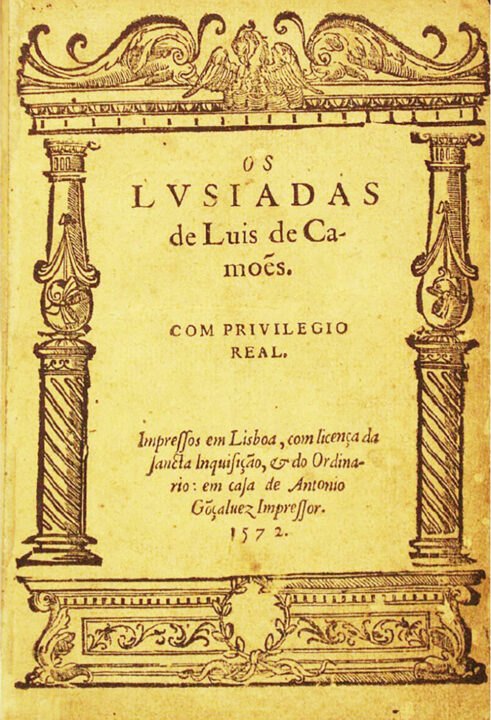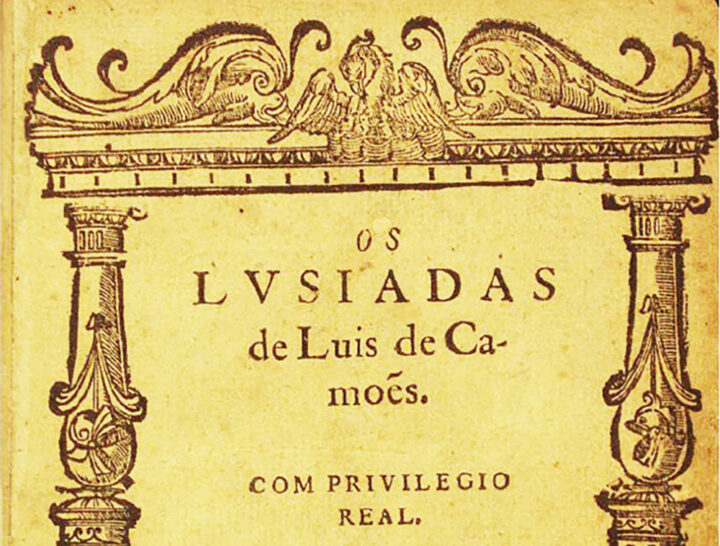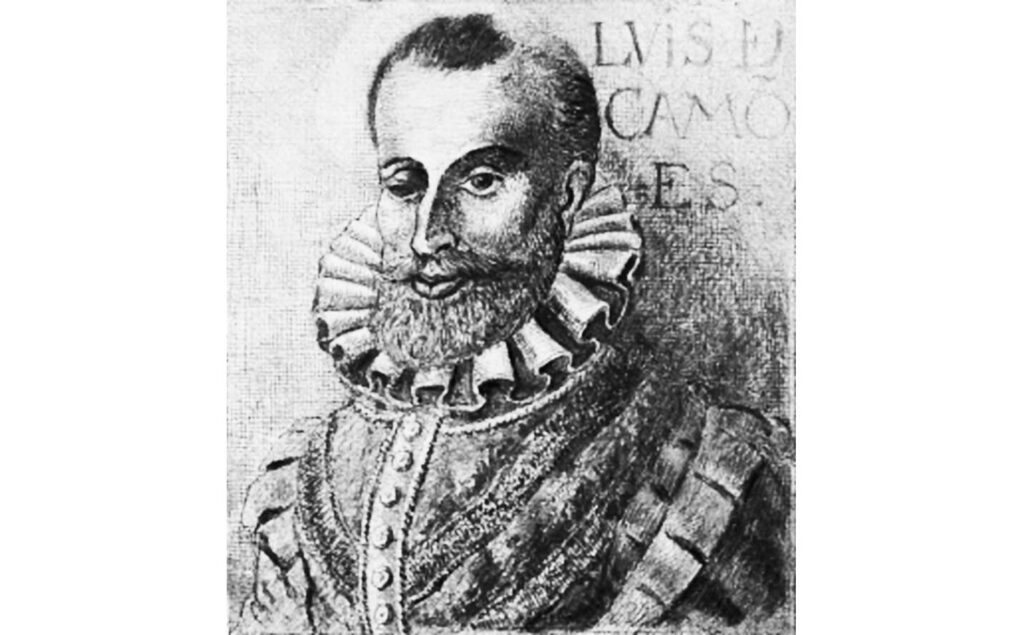A new critical edition of “Os Lusíadas” proves for the first time that there was a counterfeit to the original edition, from 1572, clarifying a doubt that dates back to the XNUMXth century, regarding differences between copies with the same date and typography.
This critical edition of the first edition (princeps) of “Os Lusíadas” is written by Portuguese researcher Rita Marnoto and was published by the International Center for Portuguese Studies in Geneva (CIEPG), as part of a broader work that that Swiss center is undertaking. develop: carry out a critical edition of the entire work of Luís de Camões, said the researcher, in an interview with the Lusa agency.
“There was a critical edition of Camões’ work that began to be published by Imprensa Nacional Casa da Moeda in 1985, however it was never completed”, he stated, adding that this will be the first complete critical edition of Camões’ work ever made and that it is expected be completed at the end of this year or beginning of next.
For now, the sonnets, redondilhas, songs and this edition of “Os Lusíadas” have been published; the octaves and elegies are being paged; odes and eclogues are missing.

This new critical edition of “Os Lusíadas” puts an end to an old debate about the differences found in copies of the first edition, which had the same reference and were allegedly printed in the same place and on the same date.
The frontispiece of these volumes of “Os Lusíadas” can be read: “Printed in Lisbon, with license from the Holy Inquisition, and in the ordinary: at the house of António Gonçalvez Printed. 1572”.
It turns out that there were differences between these copies, starting with the engraving that adorns the frontispiece, topped by the image of a pelican, which in some copies has its head turned to the left and in others has its head turned to the right, but also in the text, in writing and on paper.
This inequality created a problem that has spanned the centuries and that the researcher from the University of Coimbra and deputy director of CIEPG resolves and exposes in the almost thousand pages that make up the two volumes of the critical edition of “Os Lusíadas”.
“It was an issue that had not been clarified since the beginning of the 17th century and I clarified it through the analysis of the graphics, the typographic characters used”, said the researcher.
For a long time, the idea prevailed that there was a single edition in whose copies corrections were inserted, with Camonian scholar and critic Manuel de Faria e Sousa being the first to notice these differences, at the beginning of the 17th century, and to point out the possibility of existence of two editions.
However, it was only in the 19th century that the hypothesis of a counterfeit was put on the table, but the debate continued without it ever being possible to present concrete evidence to support this theory.
“This issue of the differences between the books of ‘Os Lusíadas’ with the date of 1572 had never been studied in depth in a logic of materiality: observe the book and check what the copies are like”.

Rita Marnoto immersed herself in the study of a significant set of copies dating from 1572, and noticed that in some copies typographic ligatures had been used – pieces that join two letters, making the typographer's work easier, saving him the trouble of taking two types out of the box , one by one -, but in others, bandages had never been used.
Another relevant aspect concerns the capital letters, the letters that begin the chapters, decorated and larger than the rest.
In “Os Lusíadas” 11 capital letters are used, one at the beginning of the charter and ten at the beginning of each corner, printed with a type of wooden stamp, explains the researcher, indicating that she found that in some copies, the capital letters are more worn, which results from the fact that wood is a fragile material, subject to pressure from the press.
Furthermore, it had already been discovered that the paper used in some copies had been manufactured in 1580/81, which also contributed to proving the theory of the existence of a counterfeit: the edition with the pelican's head facing to the left, with the paper prior to 1572, with less worn capital letters and with the text composed without the use of typographic ligatures is the 'princeps' edition of “Os Lusíadas”. The other edition, with the pelican's head to the right, is an imitation, that is, a counterfeit.
“Faria e Sousa was right when he said that there had been two editions with the same references. From this objective point of view I distinguished two groups of copies, one manufactured, written and printed in 1572 and another group of copies that were produced after 1572”.
There are currently 50 known copies dated 1572, scattered around the world, two thirds of which are originals and one third are counterfeits.
The original copies of “Os Lusíadas” existing in Portugal are found in the Library of the University of Coimbra (one), at the Sarmento Foundation (one), in Guimarães, and in the National Library of Portugal (three and one incomplete), in Lisbon.
Countries that have copies in their libraries, universities or foundations include Spain, France, Brazil, Germany and the United States.
For now, this work, titled “Luís de Camões. The Lusíadas. Critical edition of princeps”, is only published in Switzerland, but the author plans to publish it in Portugal, together with all of Camões’ remaining critical work, which is being worked on with other CIEPG researchers.
This year marks the 500th anniversary of the birth of Luís de Camões.



















Comments